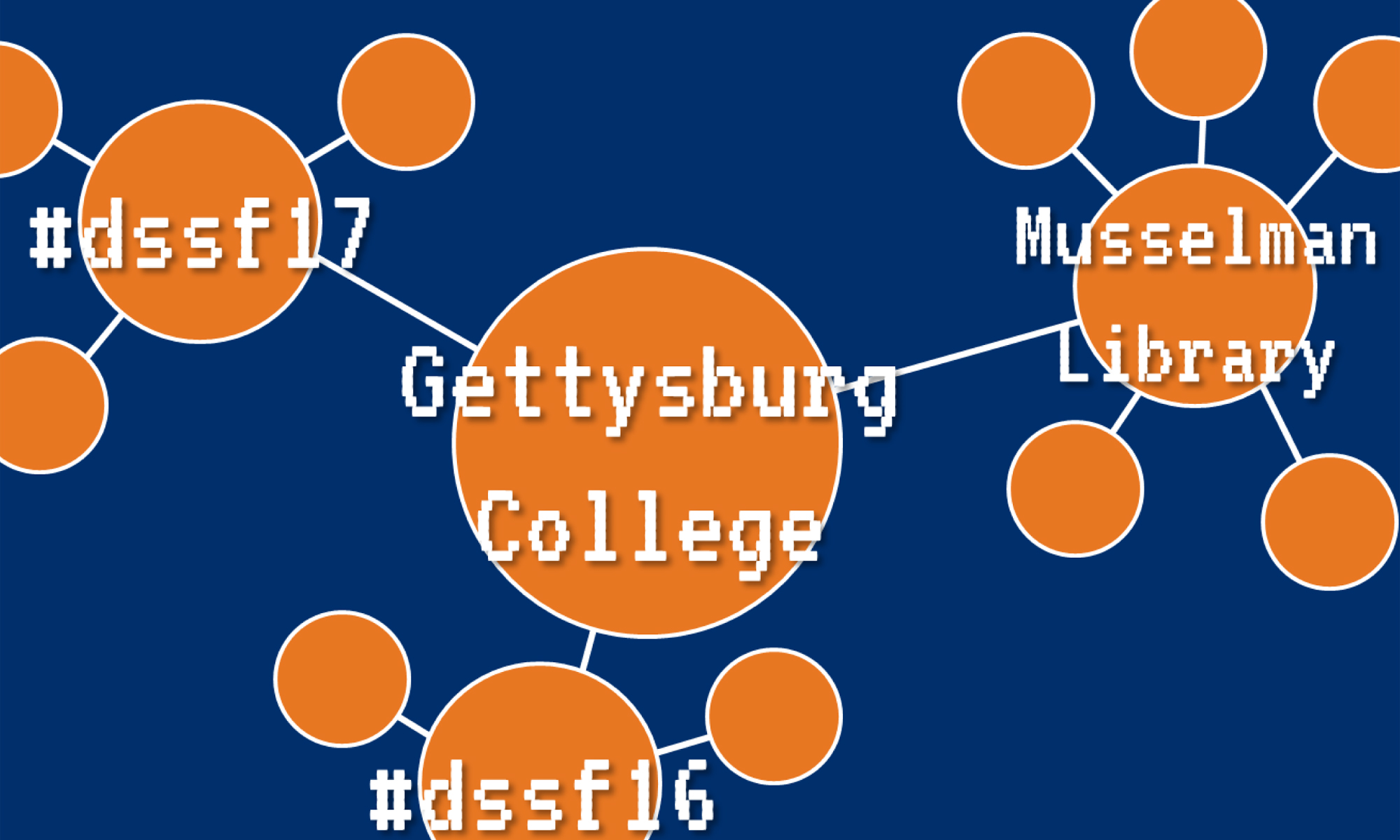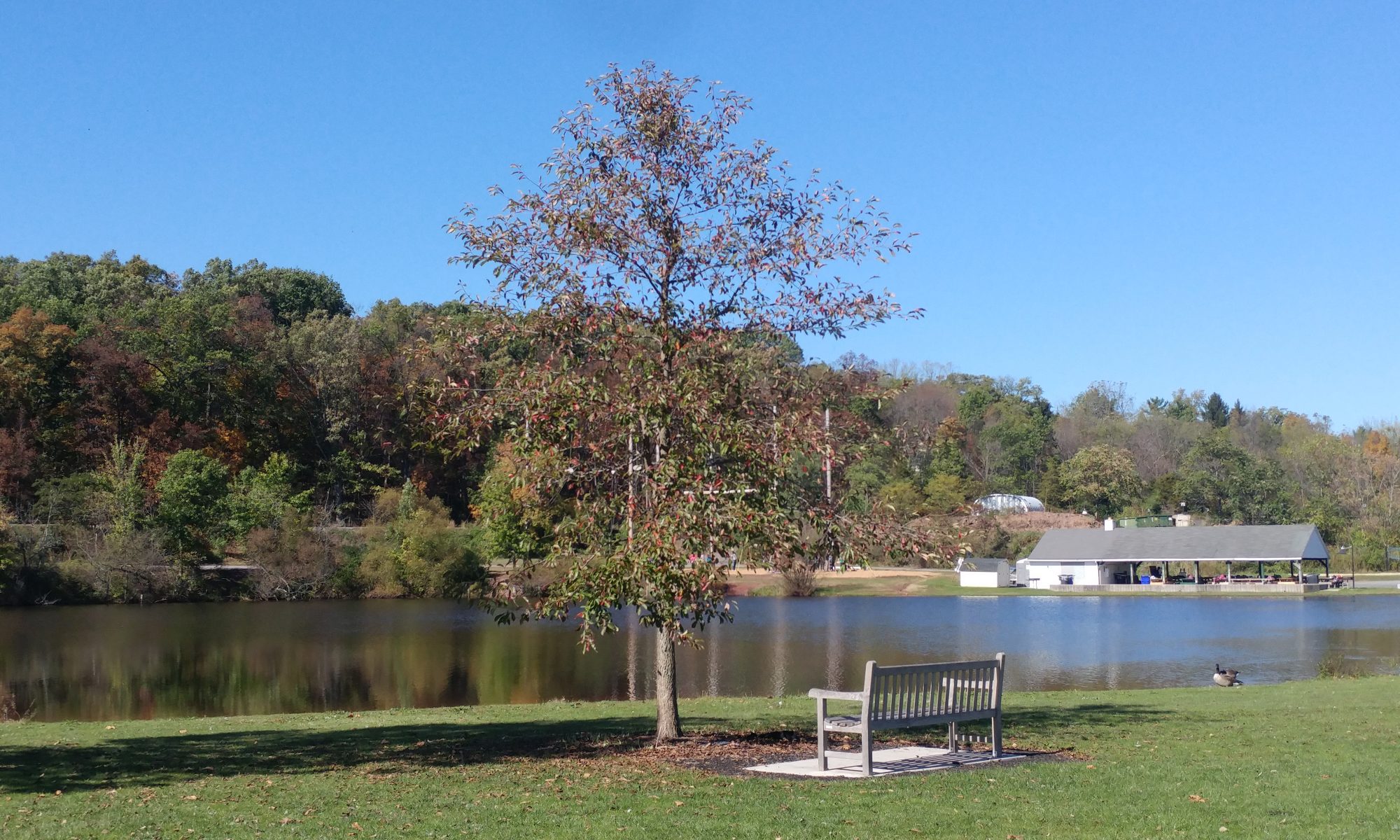The opportunities afforded to me by the Digital Scholarship office have shaped my time here at Gettysburg college so far. Having the opportunity to create a scholarship project for a digital audience over the past summer showed me how my work could reach a larger audience. It inspired me to be a better scholar and gave me the tools to do so.
The skills taught by Digital Humanities are easily translatable to an academic and professional setting. DH is public facing and requires communication skills. Writing for the web and a general audience means that text must be concise, easy to follow, and visually guide the reader through the ideas of the piece. Basic digital skills like simple coding and web design are also useful in designing projects, whether they are for public use or internal presentations.
Yet Digital Humanities is not all about digital work. The final product must be well designed and user friendly, with the information presented in an engaging way. That information must come from reputable sources and be well researched. A great deal of work must be done before the project can even be placed in its final digital format. Research skills are essential to the field of Digital Scholarship to promote further scholarship and accurately attribute the sources and media used to create engaging projects.
These skills have served me well in my classes. While not all assignments have a digital component, the classes I take are humanities based. The basics skills of DH are humanities skills used in a new way to promote the accessibility of scholarship for all.
One thing that should be made clear about DH is that it does not exist to make projects digital for the sake of modernization. DH can enhance scholarship through its format, not make scholarship more difficult by adding hurdles for scholars to jump over. I have had opportunities to make some class projects digital, but DH has taught me that not every project warrants digitization. DH is a goal to strive for, but not a requirement.
Digital literacy is increasingly important in the workplace and life in general. It should become more important in our classrooms as well. Before I worked as a DSSF this past summer, I had no experience with coding or building a project on a digital platform. Now, I am comfortable doing so. I want to continue to improve in these skills. I will continue to work in DH and promote digital literacy on campus. In the future, these skills will be useful in communicating as wall as workplace settings. DH is not a niche skill set. It is increasingly applicable in our digitized world, and will only become more relevant.
I love working in the Digital Scholarship Office. It has taught me new skills, exposed me to new sources of knowledge, and given me new and engaging ways to create scholarship. Working in the Digital Scholarship Office has been a pleasure. I encourage all to stop by our offices for advice on how to use DH in the future. And be sure to keep an eye out for the upcoming #DSSF18. I am sure their projects will be incredible.

